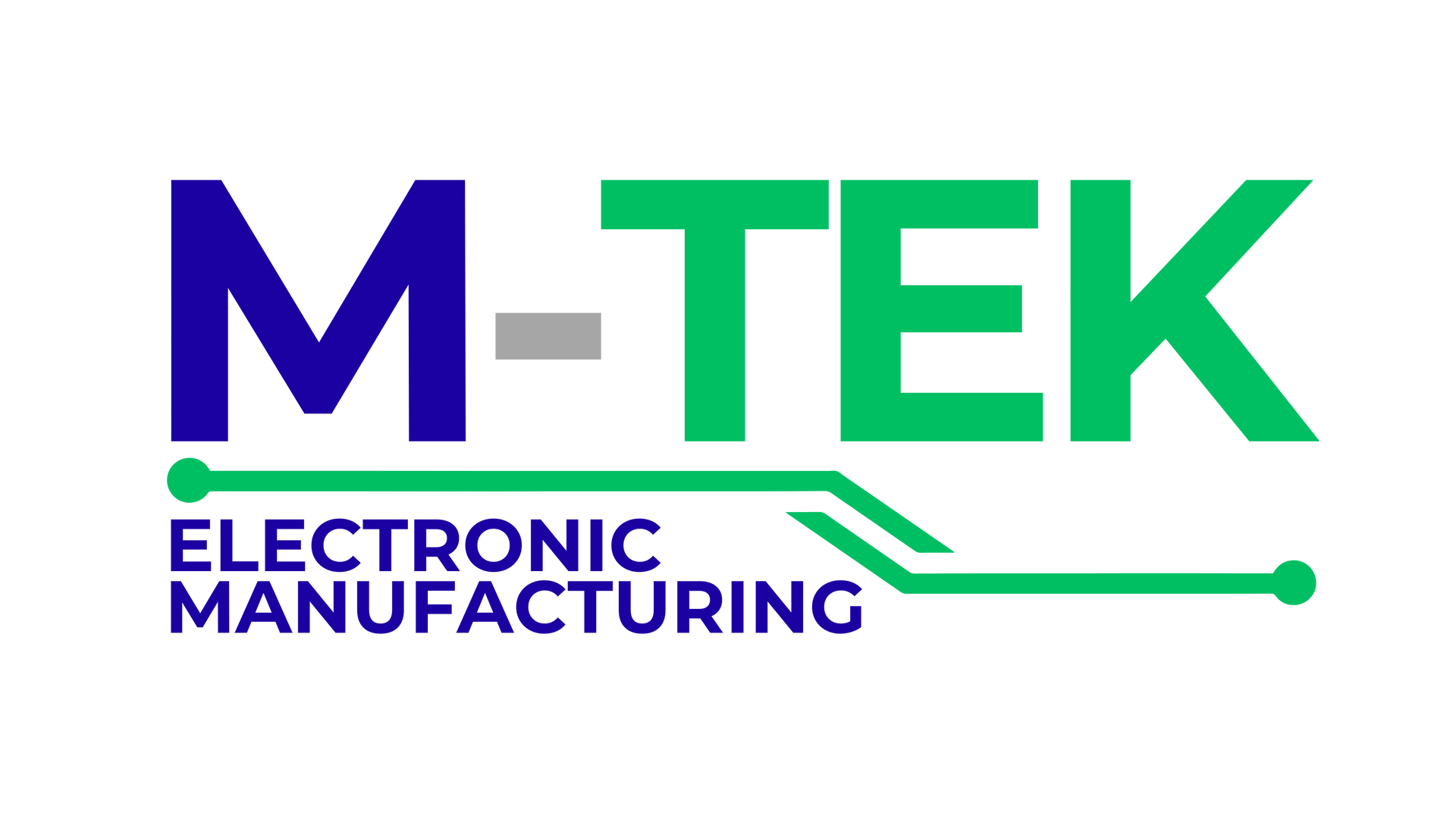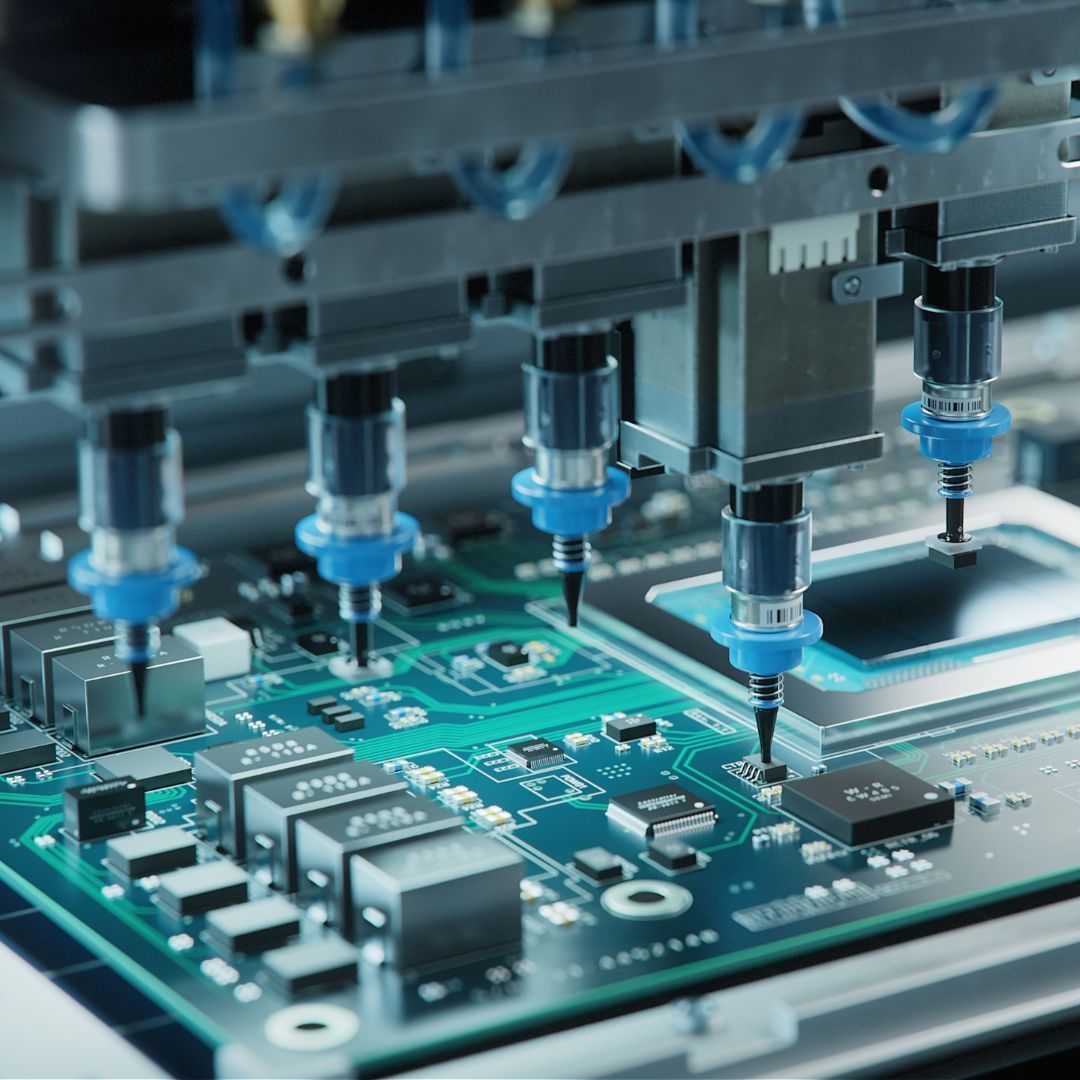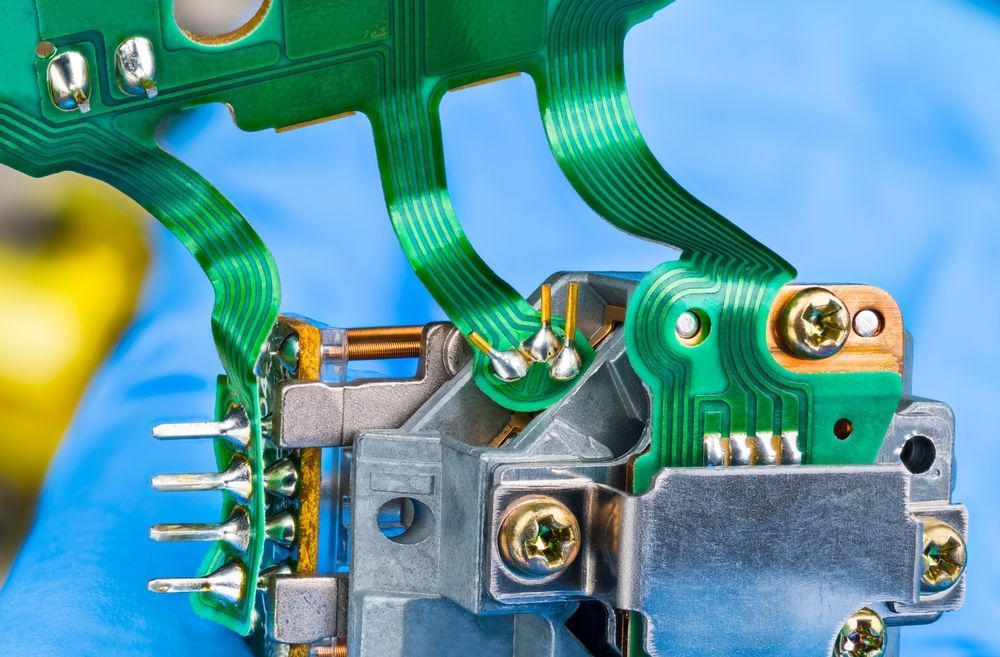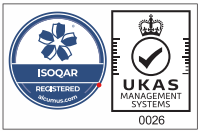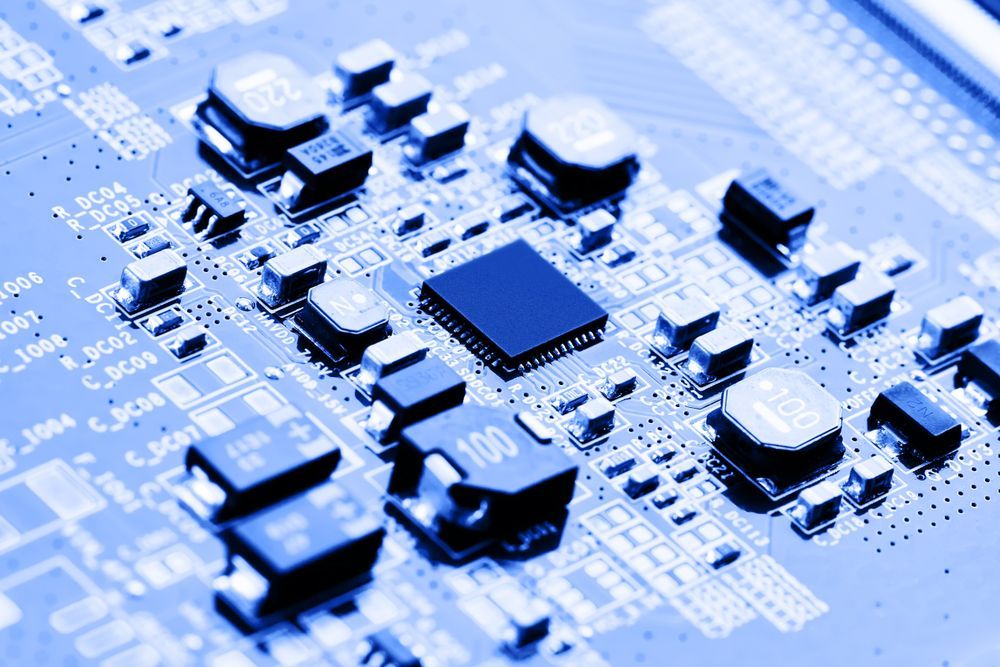
Soluble Printed Circuit Boards: What Are They?
In a world where environmental concerns are becoming increasingly important, innovative solutions are emerging to address the sustainability challenges faced by various industries.
One such groundbreaking development is the creation of soluble
printed circuit boards (PCBs), which promise to revolutionise the electronics industry and reduce its carbon footprint.
What is a Soluble Printed Circuit Board?
German semiconductor maker Infineon Technologies AG made headlines when they announced that they have produced a PCB that can dissolve in water.
This remarkable feat has been made possible by a material called Soluboard, developed by UK startup Jiva Materials. Unlike traditional PCBs made with fibreglass composites, Soluboard is crafted from natural fibres and a halogen-free polymer.
As a result, it has a much lower carbon footprint, contributing to a more eco-friendly electronics industry.
The Key Feature
The key feature of Soluboard is its ability to dissolve when immersed in hot water. A study done by the University of Washington College of Engineering and Microsoft Research in 2022 demonstrated this.
The researchers created a mouse using a Soluboard PCB as its core and dissolved the board in hot water in under six minutes. This process not only facilitates the disposal of the PCB but also aids in the retrieval of valuable metals attached to it.
After the board dissolves, the electronic components can separate, and the metals can be recycled.
The Benefits of Soluble PCBS
The benefits of soluble PCBs go beyond their biodegradability and reduced carbon footprint.
Adopting water-based recycling processes, like dissolving the PCB in hot water, can lead to higher yields in the recovery of valuable metals, thus promoting sustainable resource management.
The introduction of Soluboard into the electronics industry could have a significant positive impact on the environment.
According to Jiva Materials, the board has a 60% smaller carbon footprint compared to traditional PCBs.
On average, it can save 10.5 kg of carbon and 620 g of plastic per square metre of PCB. This reduction in carbon emissions and plastic usage represents a significant step forward in creating a more sustainable electronics sector.
Challenges
Despite these impressive environmental benefits, there are many challenges.
While the technology excels in its biodegradability, it must ensure that the PCBs maintain their integrity during normal operation.
Manufacturers like Infineon Technologies have started incorporating Soluboard into their demo and evaluation circuit boards. The initial focus is on reducing the carbon footprint of these boards, but the long-term goal is to install Soluboards in all products that need a PCB.
As small quantities of Soluboard-based boards have already been shared with select customers, it is evident that this technology is gaining traction and sparking interest among key players in the electronics industry.
The products are set to become available through Infineon's established channels in the fourth quarter of 2023, signalling the beginning of a new era in electronics manufacturing.
Call
01189 455377 or follow us on
Twitter to learn more about our products and services.
